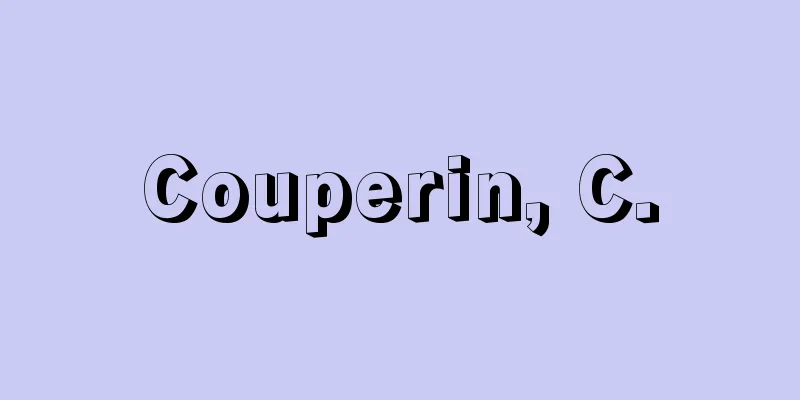Process Control

|
Automatic control of process variables (pressure, flow rate, temperature, etc.) of each device that makes up a process. There are two control methods: feedback control and feedforward control. The former detects the output signal of the process and adjusts it according to the deviation between it and the target value, and is particularly effective for processes with a fast response. However, in a reactor with a long reaction time, for example, if there is a change in the composition of the raw materials, if the quality of the finished product is detected and then a control variable such as the reaction temperature is adjusted, the composition of the raw materials will have already changed again, making sufficient control impossible. There are many chemical processes in which the response is slow like this, and in such cases, a method is used in which the relationship between the composition of the raw materials, the reaction temperature, and the quality of the product is expressed in a mathematical formula (process model), and the change in the composition of the raw materials is detected and the reaction temperature is adjusted accordingly (feedforward control), or a method that combines this with feedback control, is used. In process control, while it is important to increase the efficiency of each device, the ultimate goal is to increase the efficiency of the entire process, and it is common for the operating conditions of each device to not match the optimal conditions for operating each device alone. Source: Morikita Publishing "Chemical Dictionary (2nd Edition)" Information about the Chemical Dictionary 2nd Edition |
|
一つのプロセスを形成している各装置のプロセス変数(圧力,流量,温度など)を自動制御すること.制御方法としては,フィードバック制御とフィードフォワード制御がある.前者は,プロセスの出力信号を検出し,それと目標値との偏差に応じた調節をする方法で,とくに応答の速いプロセスに有効である.しかし,反応時間の長い反応装置などでは,たとえば原料の組成に変動があると,できあがった製品の品質を検出してから反応温度などの制御量を調節したのでは,すでに原料の組成がふたたび変動してしまい,十分な制御ができない.化学プロセスには,このように応答の遅い装置が多くあり,この場合,原料の組成と反応温度と製品の品質との間の関係を数式(プロセスモデル)に表しておいて,原料組成の変動を検出し,それに応じて反応温度を調節するフィードフォワード制御,あるいはそれとフィードバック制御とを組み合わせた方式がとられる.なお,プロセス制御の場合,各装置の効率を上げることも大切であるが,最終的な目標はプロセス全体の効率を上げることであり,各装置の運転条件がそれぞれの装置を単独で運転する場合の最適条件に一致しないのが一般的である. 出典 森北出版「化学辞典(第2版)」化学辞典 第2版について 情報 |
<<: Product cycle theory - Product cycle theory
Recommend
Cévennes (English spelling)
…the Camisards were a rebellion of Calvinist Prot...
Hertzsprung - Ejnar Hertzsprung
Danish astronomer. Discoverer of the relationship...
Basidiomycetes - Basidiomycetes
A general term for fungi that reproduce sexually,...
Asantehene - Asantehene
...It was believed that the ancestral spirits of ...
Regionalism
…The former was mainly set in New York, and inclu...
Houtermans, FG (English spelling) HoutermansFG
… Furthermore, a major trend in plasma research d...
One-sided action
〘noun〙 A legal act that is established by the expr...
Pottier, E.
...A literary trend that aimed to express the tho...
Vaudeville - French for "vaudeville"
Today, it generally refers to popular entertainme...
Donation pavilion - Kifuho
…Jiaozi is a term meaning a certificate showing t...
Hassler, Hans Leo
Born: October 26, 1564, Nuremberg Died June 8, 161...
Asari (asari) - Japanese little neck clam
A bivalve of the family Veneridae (illustration), ...
Honda/Honda - Hondenhonbata
This refers to fields that have existed for a long...
Calla lily - Orandakaiu
→ Calla (Plants) Source : Heibonsha Encyclopedia A...
"Colored Lips" - Colored Lips
He is known as a master of literary films that cr...









